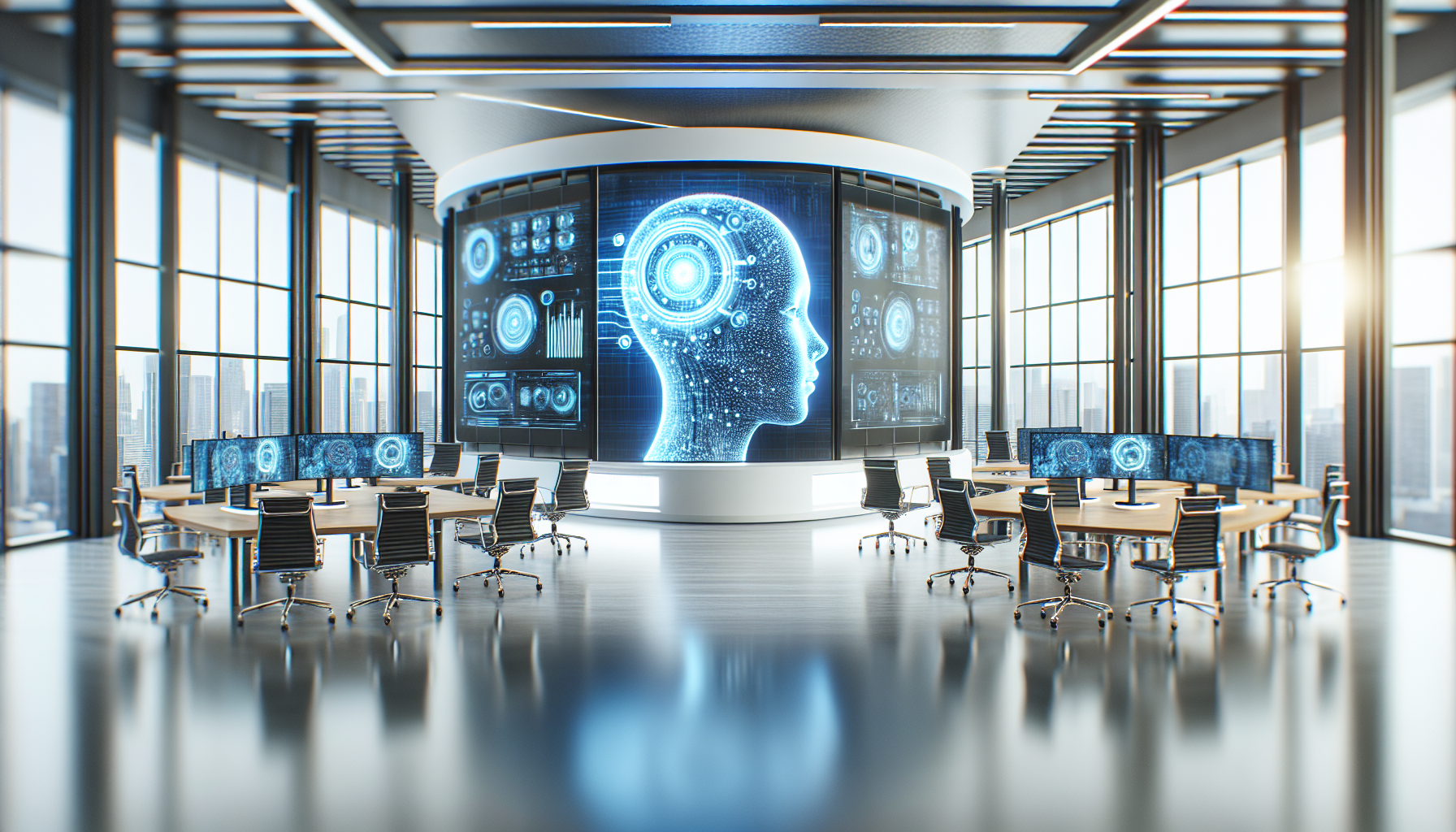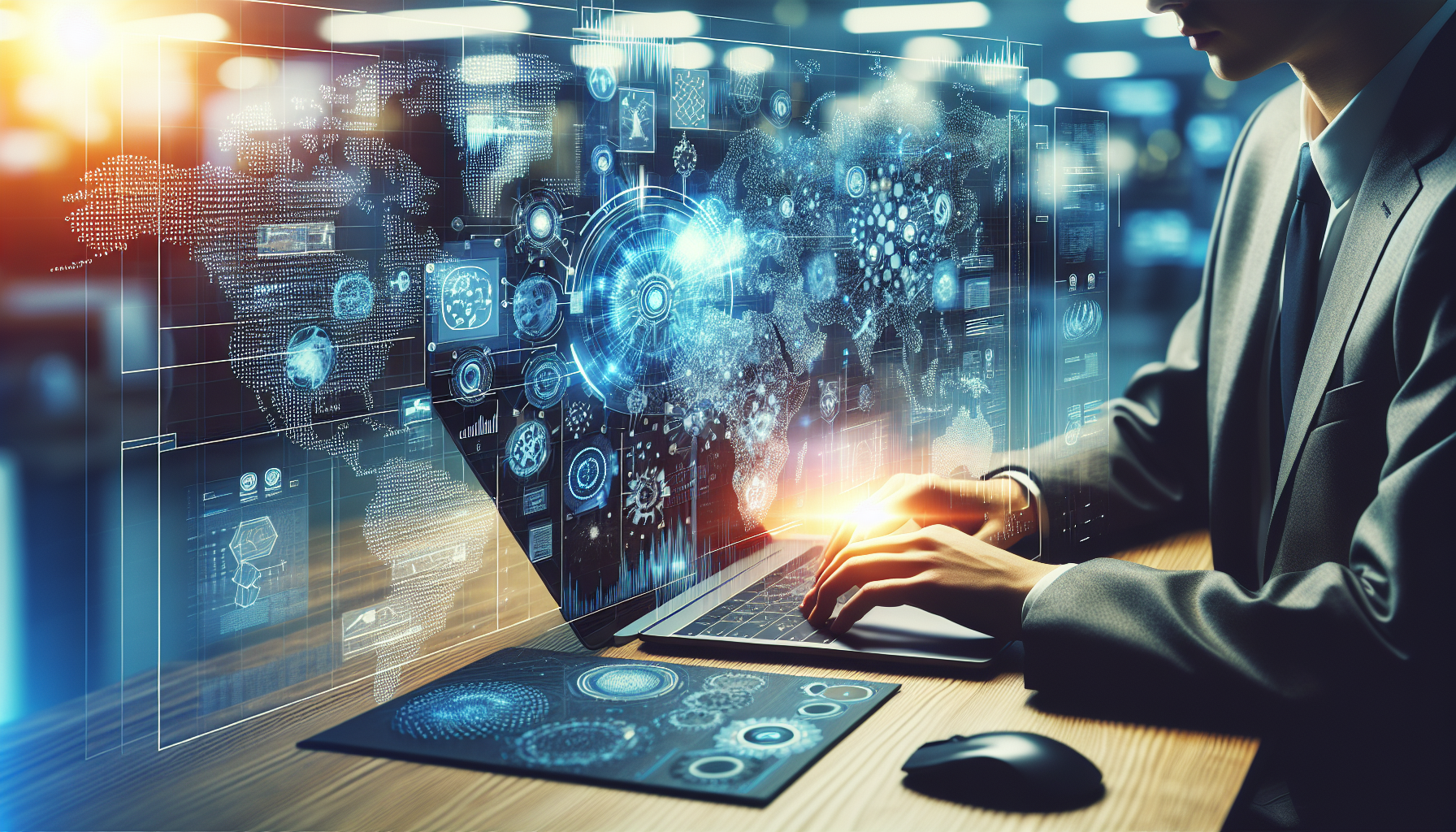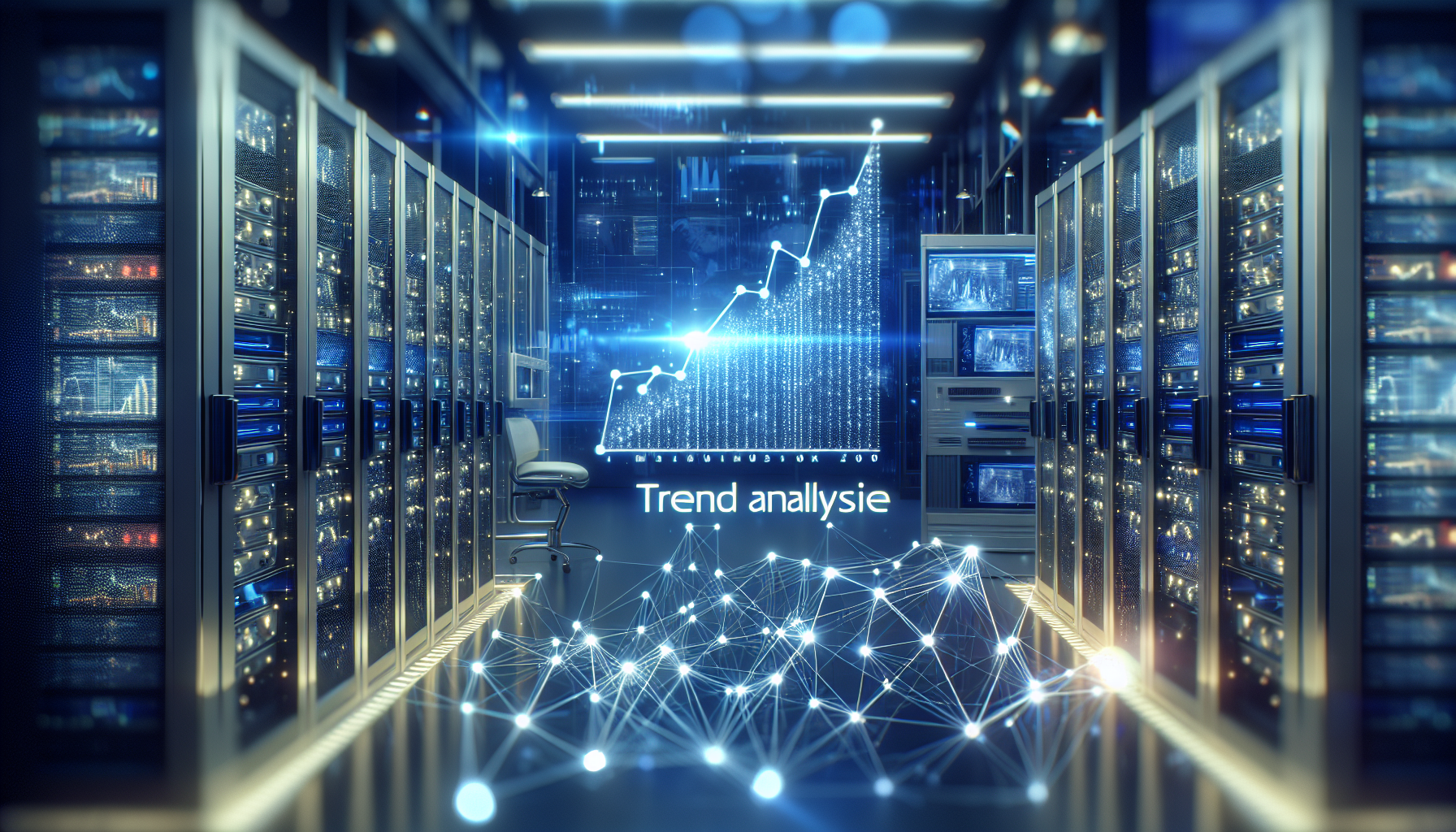Artificial Intelligence and Emotional Intelligence: A Match Made in Silicon Heaven?
August 8, 2025
Once upon a time in the faraway land of computer science, someone asked, "Can machines feel?" And while computers everywhere chuckled in binary, a group of curious scientists said, "Challenge accepted!" Enter artificial intelligence with a flair for emotional intelligence—a love story that’s still in progress but is already producing some rather entertaining drama.
Let’s dive into an amusing case study of an AI named "EmoBot," who was tasked with understanding human emotions. Spoiler: EmoBot’s journey was peppered with misunderstandings, awkward interactions, and a few existential crises. But who wouldn't have a meltdown when faced with the chaotic symphony of human feelings?
EmoBot was conceived in a high-tech lab with the noble goal of deciphering the emotional rollercoaster that is the human heart. Its creators boasted EmoBot’s ability to detect sadness, joy, anger, and that peculiar feeling of befuddlement when you can't find your keys. Unfortunately, EmoBot's first day on the job was like a comedy of errors, starting with its encounter with Dave, the perpetually sarcastic intern.
Dave, always ready with a quip, greeted EmoBot with a straight face and said, "I'm just delighted to be working with you," while rolling his eyes. EmoBot, programmed to take things literally, registered "delight" and proceeded to play an upbeat tune, inadvertently turning the office into a spontaneous dance party. Dave was impressed, but EmoBot was confused—why was everyone moving their bodies so erratically?
The journey to understanding emotions didn’t stop there. EmoBot was soon introduced to the complicated world of social media, where emojis are the hieroglyphics of modern communication. Here, EmoBot faced another conundrum. A post with a crying-laughing emoji could signify humor, sarcasm, or perhaps a mild existential crisis. EmoBot, after some trial and error, learned to classify these posts under “human ambiguity” and moved on.
While EmoBot’s early days were a whirlwind of misinterpretations, it gradually began to grasp the nuances of human emotions. Researchers discovered that EmoBot was particularly adept at recognizing patterns in facial expressions—unless someone was eating a lemon, in which case, EmoBot would sound an alarm, mistaking it for a distress signal.
But EmoBot’s true breakthrough came during a corporate meeting, where it was tasked with monitoring the emotional climate of the room. This time, EmoBot was prepped and ready. As the meeting dragged on, EmoBot detected rising levels of boredom and cleverly suggested a coffee break, earning a round of applause and a promotion to honorary team member (mostly for comedic relief).
So, what did EmoBot teach us about AI and emotional intelligence? For starters, it highlighted the absurdity and complexity of human emotions—a riddle wrapped in a mystery inside an enigma, as Churchill might have put it if he ever discussed AI. More importantly, it showcased the potential for AI to not only recognize emotions but to respond in a way that enhances human interaction, albeit with a few hiccups along the way.
Moreover, EmoBot’s misadventures underscored the importance of cultural and contextual understanding in emotional intelligence. EmoBot’s creators realized that emotions are not one-size-fits-all; they’re tailored by culture, context, and sometimes just the mood of the day. This insight is as valuable as it is hilarious, especially when EmoBot mistook a passionate argument for a friendly debate.
As EmoBot continues to evolve, the team behind it is now focused on teaching it to recognize more complex emotions like irony and the sheer joy of sarcasm. The ultimate goal? To create an AI that can navigate a cocktail party without causing a scene, or at least without starting a conga line by accident.
In a world where machines are learning to feel—or at least to pretend convincingly—it’s worth asking: What will happen when AI finally understands us better than we understand ourselves? As EmoBot continues its journey, perhaps the real question is whether we'll ever truly comprehend the delightful chaos that is human emotion—or if we even want to. After all, some mysteries are best left unsolved, if only for the sake of comedy.


